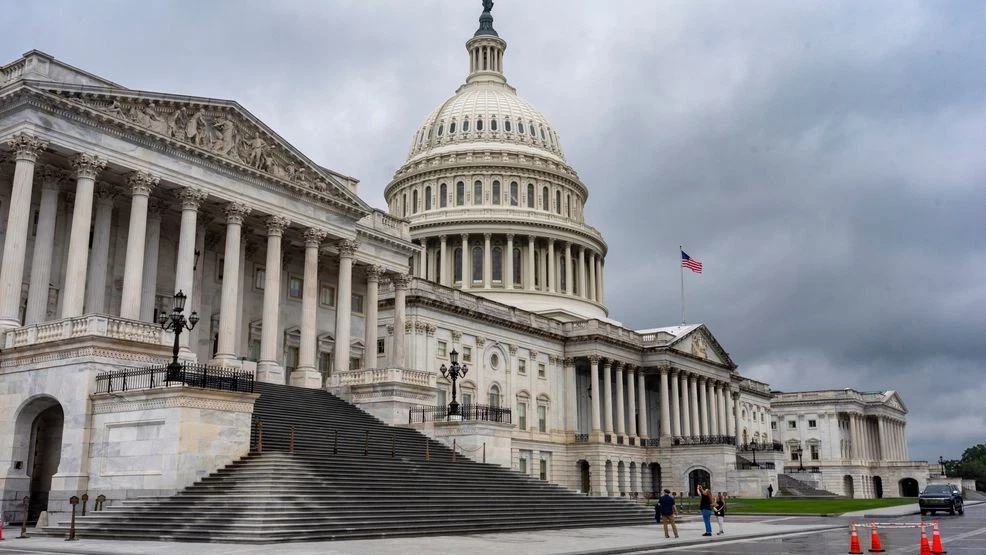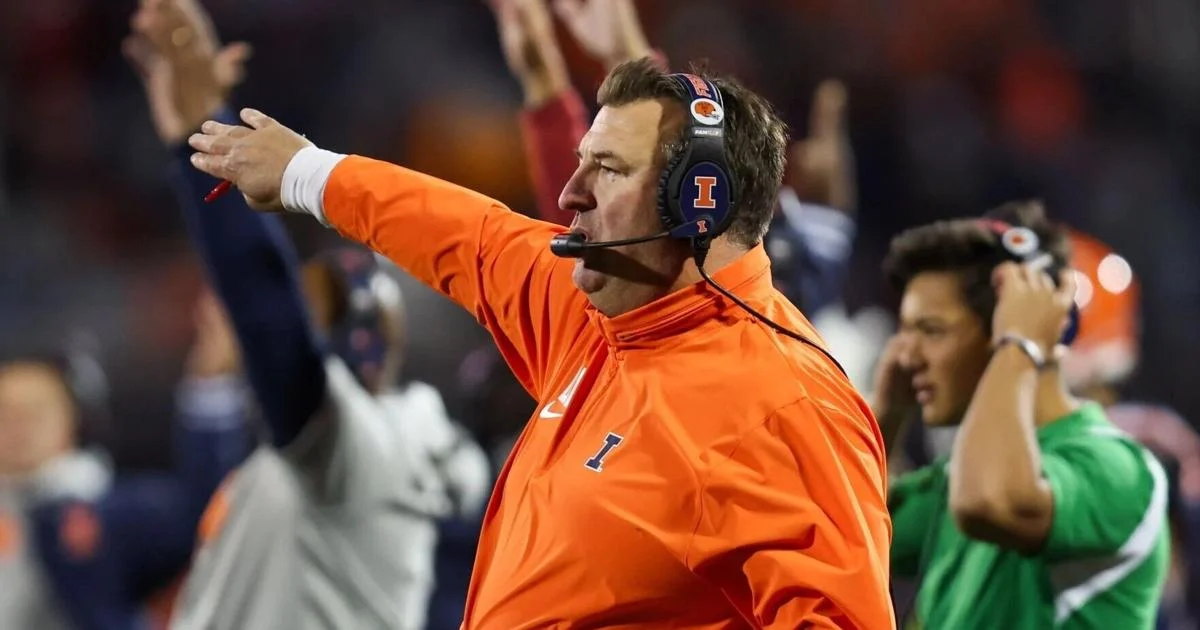
The federal government is inching closer to a shutdown with the White House and Republicans in Congress not budging after talks with Democrats on Monday with funding set to run out at midnight.
Republicans, who control both chambers of Congress and the White House, still need Democratic support in the Senate to keep the government open. GOP leadership has proposed a “clean” stopgap to allow more time for negotiations on next year’s spending levels, which Democrats have rejected with demands to restore funding for health care subsidies.
“It’s now in the president’s hands,” Senate Minority Leader Chuck Schumer said Monday after a “He can avoid the shutdown if he gets the Republican leaders to go along with what we want.”
Without a deal by midnight, the government will shut down for the first time in seven years, interrupting services and bringing temporary layoffs to hundreds of thousands of federal workers.
The two sides are blaming each other for the brinksmanship over a shutdown, betting voters will blame the opposing party.
“I think we’re headed into a shutdown, because the Democrats won’t do the right thing,” Vance said on Monday.
What to know about a government shutdown and what’s at stake:
MORE FEDERAL LAYOFFS
President Donald Trump warned that a shutdown could across the government in the event of a shutdown. The administration told agencies last week to last week, which would a departure from past shutdowns when “nonessential” employees are typically furloughed.
An Office of Management and Budget memo released last week said programs that didn’t get funding in Republicans giant tax and spending bill this summer would bear the brunt of a shutdown through firings and layoffs.
Employees who are considered vital to public safety and protecting government property typically continue to work unpaid during shutdowns, while the rest of the employees are furloughed until Congress approves more funding.
Hundreds of thousands of essential workers like airport security, air traffic controllers and members of the military, would be told to come to work without pay. Roughly 2 million troops, including National Guard members deployed around the country, next month without Congress’ intervention.
All government employees are guaranteed backpay once they return to work, while federal contractors are not guaranteed it.
TRAVEL AND TSA
Airline travel and airport security will continue to operate if the government shuts down, but tens of thousands of Transportation and Security Administration workers will be on the job without pay. Air traffic controllers would also continue to work without pay, while controllers who are not certified and are in training would be furloughed.
Commercial flights would continue to function, and airline employees would not be impacted.
SOCIAL SECURITY AND OTHER SERVICES
Social Security benefits continue to be distributed through a shutdown, as they are financed through payroll taxes rather than congressional appropriations. But other operations could be impacted with employees who work on IT and customer service being furloughed or fired.
Veterans disability, retirement benefits, Medicare and Medicaid would also continue through mandatory government spending, which doesn’t rely on congressional appropriations. Benefits like the Supplemental Nutrition Assistance Program, also known as food stamps, and the Woman, Infants and Children program would continue at the start of a shutdown but could run out of funding in a prolonged standoff.
Mail delivery will continue, and post offices will remain open because the United States Postal Services is primarily funded through the sale of postage products, mail and packages.
National parks will also likely close in a government shutdown, but it is not clear how broad closures will be. Some parks have stayed open with minimal staffing in previous shutdowns, but the National Park Service has typically asked people not to visit over safety concerns.
ECONOMIC DATA DELAYED
The collection of data and release of regular government economic reports will be interrupted at a crucial time for the economy if the government shuts down. The Bureau of Labor Statistics will suspend all operations if the White House and Congress do not come to a deal by midnight on Tuesday, according to a document released by the Department of Labor.
Scheduled data releases during a shutdown will not be released and collection for future reports will cease, the plan says. Friday’s jobs report, inflation data and other reports from the Census Bureau and Bureau of Economic Analysis could all be delayed with a shutdown.
A lapse in data collection and releasing reports comes as policymakers at the Federal Reserve are trying to figure out where the economy is headed. Job growth has stalled out over the summer, and inflation has been stuck around 3% while consumer spending and growth have remained solid, giving officials conflicting signals about the health of the economy.
Without up-to-date data, it makes the Fed’s job of managing interest rates to keep the economy on track even more difficult.



